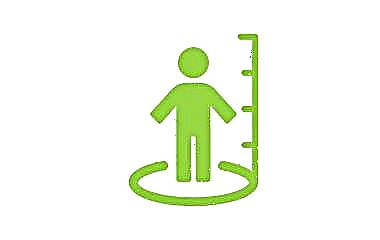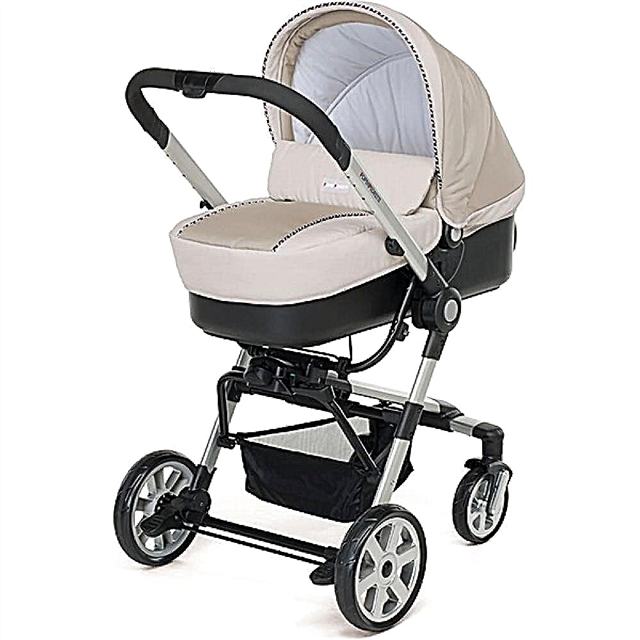
The process of the appearance of teeth in a child is always interesting to parents, so they keep track of which milk ones have fallen out and which permanent ones have come out. However, there are situations when it is not clear whether it is still a milk tooth in the baby's mouth or already a molar one. How do they differ and by what signs can they be recognized?

What is the difference?
Dairy
This is the name of the first teeth that appear in a baby under the age of 2.5-3 years. They begin to erupt in most babies at 6 or 7 months, when the first central incisor "hatches" on the baby's lower jaw. Soon his "partner" also crawls out, after which the incisors on the upper jaw, the lateral incisors below, the first molars, canines and second molars are cut until the child has 20 teeth.
This amount will last up to about 5-6 years, after - the time will come for the eruption of the first molars.

Indigenous
This is the name of the permanent teeth, which begin to cut on average at 6-7 years of age. The molars are the first to erupt, occupying the sixth place in the dentition, and only after that the milk teeth begin to fall out, and their permanent replacement begins to cut in their place. At the same time, there are most molars - there are 32 of them, although in childhood, in most cases, only 28 of them are erupted.
The last four (wisdom teeth) appear later than the others, sometimes even at the age of over 30-40 years.

How to distinguish milk from indigenous?
You can determine whether a tooth is a milk or a molar one by its:
- Size and shape. Temporary ones are small in size and more rounded, and indigenous ones are larger.
- Coloring. The color of dairy products is often white with an unexpressed blue tint, and permanent ones, due to the presence of more mineralized tissues, are distinguished by a yellowish tint of the enamel.
- Location. The growth of dairy occurs vertically, and the molars are slightly directed with their crowns outward to the lips and cheeks.
Let's take a closer look at how to understand whether a baby tooth is in the baby's mouth or is already permanent, taking into account its serial number in the dentition (the number is counted from the midline outward):
- If the tooth is the sixth or seventh, then it is molar, because there will be only five milk teeth on each side of the jaw.
- If you are looking at the fourth and fifth teeth, pay attention to the crown. The milk teeth in this place are distinguished by wider crowns and the presence of four masticatory tubercles. If these are already permanent teeth, which are called premolars, they will differ in a smaller number of cusps (there are only two of them on each tooth) and narrower crowns. In a controversial situation, the tooth is compared with the one on the other side of the dental arch.
- When deciding whether a child's third tooth (canine) is permanent or milky, its shape and size should also be taken into account. Milk canines are smaller, and by the time of physiological change, their sharp tips are worn out. The permanent canines are longer and their tubercle has a distinct, pointed apex.
- Looking closely at the incisors (first and second teeth), first of all, their size is also taken into account. If they are temporary, they are about 4-5 mm wide and about 5-6 mm high. In permanent incisors, the width of the crowns is larger - about 10 mm for the central ones and about 6-8 mm for the lateral ones. In addition, at the age of eruption of the permanent incisors, their cutting edges are uneven (with small tubercles), and by this age the edge of milk incisors will always be smooth and even.

Do all dairy products change to indigenous ones?
In order for a child to have molars, absolutely all milk teeth must fall out. Some mothers think that milk molars, due to their large size, are permanent and do not fall out, but this is not so. They, too, will fall out in due time, making it possible to erupt permanent premolars and molars.
Wisdom tooth - root or milk tooth?
Wisdom teeth are the four teeth that are cut last. By their location in the dentition, they are also called "eights". Since they represent the 29th, 30th, 31st and 32nd teeth in a person's mouth, they cannot be milk in any way, because there are only twenty milk teeth. In addition, they are cut at the age of over 17 years, when not a single milk tooth in the child's mouth should normally remain.

What if the dairy grows indigenous?
The situation when the molar tooth has already "hatched", and the milk one is in no hurry to fall out is not uncommon. In this case, you should wait a while, allowing the milk tooth to loosen and leave the dentition.
If more than three months have passed since the appearance of a permanent tooth, and the milk one remains in the gum, it is worth going with the child to the dentist.
Can the root remain in the gum?
Starting at the age of five, the roots of milk teeth begin to dissolve. This process takes quite a long time, for example, the root of each incisor is absorbed within two years, and the complete resorption of the molar roots takes about three years. However, sooner or later, all the roots dissolve, and only after that the teeth fall out, so they cannot remain in the gum.

When and why is X-ray taken?
In controversial situations, when it is difficult to determine whether a milk tooth or already molar, an X-ray examination is recommended. For example, using this research method, you can decide how to treat it or why it is delayed to change to a permanent one. On the X-ray you can see:
- The length of the roots, which will be shorter in milk teeth.
- The presence or absence of tooth germs under milk teeth.
- The location of the cutting molar (it affects the correct position after eruption).




